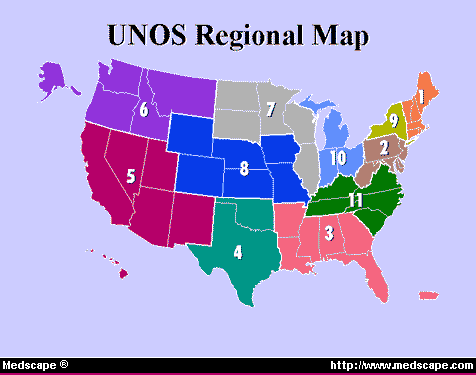
Researchers suggest new model to make organ allocation more equitable
Researchers suggest new model for organ allocation
Current system relies too heavily on geography, other factors, they say
Hub staff report / July 15, 2013 Posted in Voices+Opinion , Health Tagged liver disease , transplants , dorry segev
Using the same type of mathematical formulas used to draw political redistricting maps, Johns Hopkins researchers say they have developed a model that would allow for the more equitable allocation of livers from deceased donors for transplantation.
Currently in the United States, where you live dictates the availability of a liver transplant. According to researchers, studies show that geography can mean the difference between a 10 percent chance of dying while on the waiting list for a donor liver, and a 90 percent chance. The new model depends not on the longstanding relationships among medical centers used to create the current unbalanced system, but on making the distribution of organs as equitable as possible.
A report on the research is published online in the American Journal of Transplantation .
“This is gerrymandering for the public good,” says study leader Dorry L. Segev, an associate professor of surgery and epidemiology at the Johns Hopkins University School of Medicine. “We have applied to transplantation the same math used for political redistricting, school assignments, wildlife preservation, and zoning issues.”
Currently, patients with the most severe disease go to the top of the liver transplant waiting list. But the list isn’t a single national list; instead, it is subdivided according to location. Thus, the sickest person in one region may be much sicker than the person in a nearby region who gets a new liver, simply because the second region has a greater supply—or smaller demand—for organs.
In 2009, the late Apple founder Steve Jobs, who lived in Northern California, famously underwent a liver transplant in Memphis, Tenn. There, he had put himself on one of the shortest waiting lists in the country. In Tennessee in 2006, it took 48 days to receive a liver transplant, compared with 306 days nationally. Jobs was able to do this because he had the financial resources to immediately fly to Tennessee when the liver became available. His situation brought national attention to the large geographic disparities in liver transplantation.
“Some geographic areas have very good access to donated organs and some have desperate gaps between organ supply and organ demand,” says co-author Sommer Gentry, a research associate in the department of surgery at Johns Hopkins and an associate professor of mathematics at the U.S. Naval Academy. “Our model helps decrease geographic disparity. It’s not fair that where you live so vastly affects your ability to get a transplant. We want to fix that.”
Source: http://hub.jhu.edu/2013/07/15/liver-transplant-redistricting